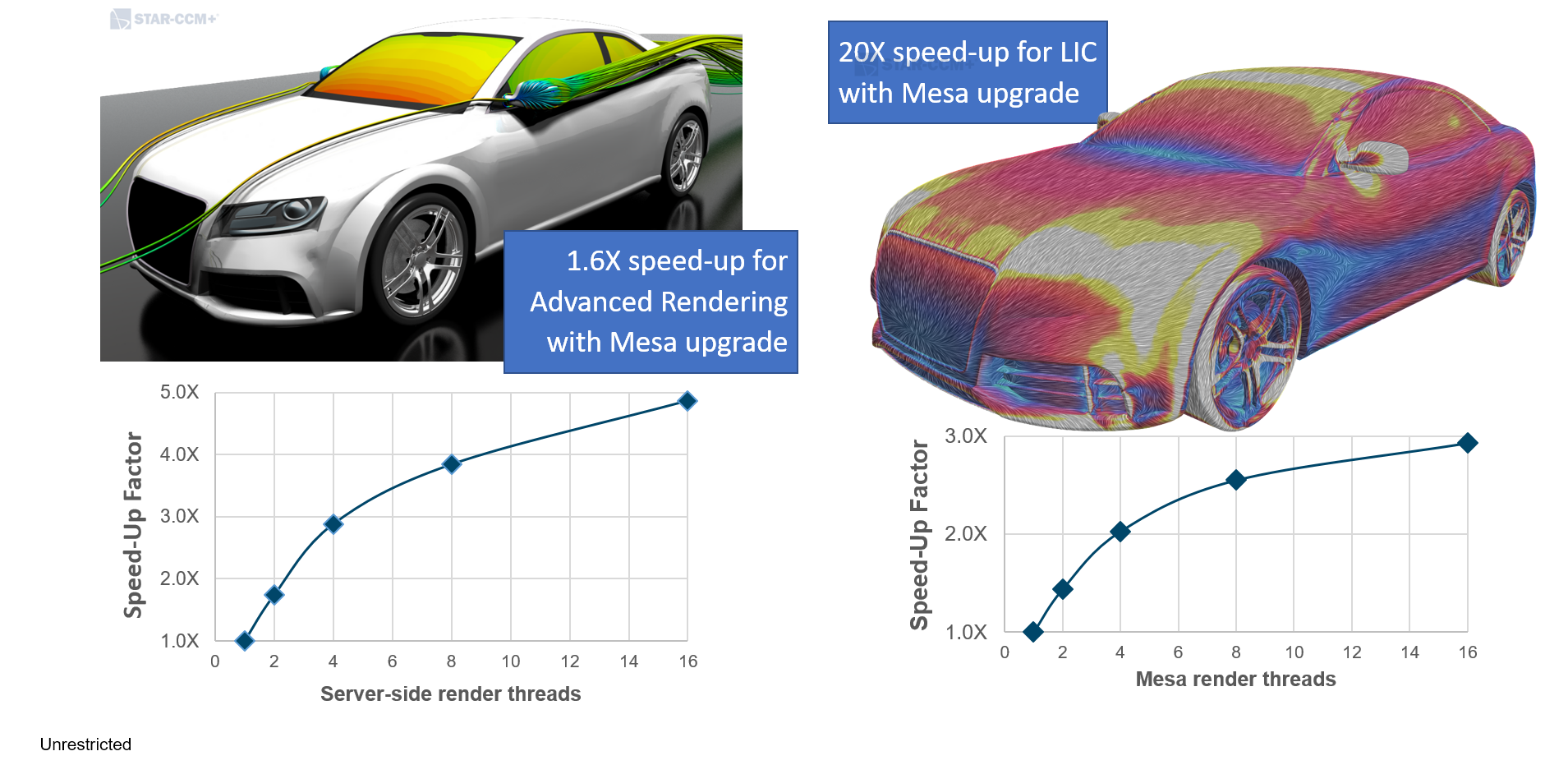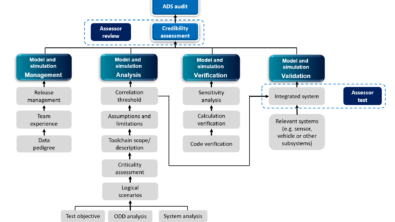Colorful Fluid Dynamics? Say it again, I dare you…


Colourful Fluid Dynamics – Am I being unfair?
“Colorful Fluid Dynamics”, an old pun on the Computational Fluid Dynamics acronym, CFD, can be divisive. Doug McLean, Boeing Technical Fellow (retired), offered the following perspective from his exceptional book entitled Understanding Aerodynamics [1]: “These days it is common to see a complicated flow field, predicted with all the right general features and displayed in glorious detail that looks like the real thing. Results viewed in this way take on an air of authority out of proportion to their accuracy. In this regard, modern CFD is a very seductive thing”. Seductive indeed. Shortly after we first introduced Advanced Rendering in Simcenter STAR-CCM+ 12.02, it was quickly embraced by many to generate highly compelling images and animations.
Professor Phil Roe, Univ. of Michigan, makes a provocative comment in his recorded lecture entitled “Colorful Fluid Dynamics: Behind the Scenes” [2]. He states that “Even inaccurate CFD can be useful”. I’m excerpting a small part of his presentation so I’m at risk of quoting him out of context – I urge you to check out his well-considered backstage tour of CFD in this YouTube video to learn more. He further notes that “The power of detailed visualization makes CFD more rich in information than experiment”. Few would disagree that CFD simulation results innately contain a wealth of opportunity for insight and communication.
The right assessment of rich content
Walter Bauer, former Manager of Vehicle Thermal Management at Daimler AG, and now Siemens consultant, pointed out in a recent conversation that “creating the right content is one thing, making the right assessment of that content is another“. The CFD specialist who runs simulations daily will need only the minimum level of information to arrive at that “right assessment”. Those who don’t, or no longer, routinely speak the language of vectors, streamlines, cutting planes, volume rendering and so on will want “rich information” presented in a more accessible way to move them towards that “right assessment” as quickly as possible. Walter suggests that the needs of both personas show two sides of the same coin.
Is presenting CFD results using “Colorful Fluid Dynamics” good or bad? I propose that it’s neither and instead I’ll take the seemingly self-serving position to state that it’s essential. Today, I’m going to share how Simcenter STAR-CCM+ 2019.1 expands your ability to create, in glorious detail, information-rich, colorful fluid dynamics, with new rendering materials and new ways to generate rendered content faster, in batch, for your cluster runs.
Computation Fluid Dynamics – Who’s looking?
Let’s look at a sequence of images showing the simulated transport of dust particles coming from inside and around the wheel wells of a notional car travelling down a road. The dust particles are colored by their velocity component normal to the ground plane. How are these images the same? Objectively, each one presents exactly the same CFD data. How are they different? That’s subjective – it depends on who’s looking.
 Focusing on the CFD results.
Focusing on the CFD results.
 Making the car look a little more like a car.
Making the car look a little more like a car.
 Applying photo-realistic materials to the car .
Applying photo-realistic materials to the car .
 Putting the car on the road.
Putting the car on the road.
Of the four images, which one did you look at the longest and why? It’s less about how long you looked. It’s far more about which depiction of the same CFD results captured your attention the most effectively. Broadening this a bit further, a team of stakeholders ranging from CFD specialists to non-CFD specialists to Directors, will need to collectively assess these results; potentially evolve new questions; and, come to informed decisions, in the least amount of time possible. “Colorful Fluid Dynamics” doesn’t need to be divisive at all. Quite the opposite, advanced rendering techniques can bring us together to achieve common goals.
Upgrade of MesaGL
Is this notion of the democratization of CFD postprocessing within practical reach? Our Advanced Rendering implementation is CPU based, and in many cases, it scales well. With Simcenter STAR-CCM+ 2019.1, we’re removing a previous hardcoded limit on the number of render threads you can use for a batch job on a cluster. We’re also delivering a major upgrade to MesaGL. This is the software-based version of OpenGL that gets used as a fall-back on clusters lacking dedicated graphics hardware. On it’s own, the MesaGL upgrade delivers substantial performance speed-ups for graphically demanding things like Line Integral Convolution (LIC), Volume Rendering and accurate particle rendering. Putting the MesaGL upgrade and the ability to specify a render thread count greater than 1 together, you can see the performance improvement compared to our previous release below for advanced rendering (left) and LIC (right). Full disclosure here – the performance that you’ll be able to realize will depend on your scene composition. What you’re getting this time around is the ability to leverage “many” render threads thereby making the trade-off between quality and performance more accessible.

All the gear … time to create your best ideas
Performance improvements for rendering in Simcenter STAR-CCM+ 2019.1 With Simcenter STAR-CCM+ 2019.1, producing “Colorful Fluid Dynamics” should let you be more creative, and, let you deliver content faster than you were previously able to. Now that you have these tools in-hand to generate a single highly effective image, spoiler alert, stay tuned for Simcenter STAR-CCM+ 2019.2, when we deliver a whole new capability to produce animations, the likes of which you’ve never seen before.
See how Simcenter STAR-CCM+ has moved on in this new version – “Simcenter STAR-CCM+ 2021.1 released! What’s new?“
Learn more about CFD here – “Better design decisions for your CFD simulations with surrogate models“
References
[1] McLean, D., “Understanding Aerodynamics” (2013), p.492, John Wiley & Sons, Ltd.
[2] Roe, P., “Colorful Fluid Dynamics: Behind the Scenes”, retrieved from https://bit.ly/2IqE4gX



Comments
Comments are closed.